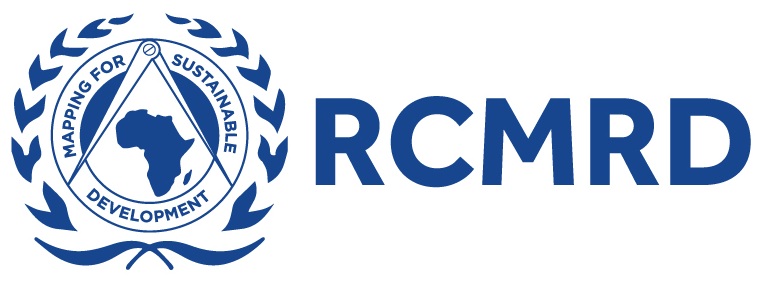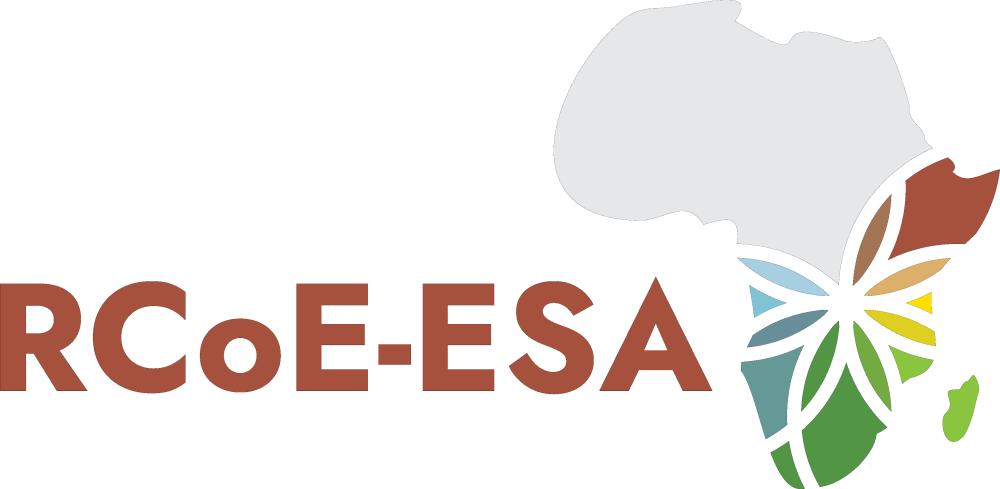 Translate
Translate
Resources
The Selous – Niassa Wildlife Corridor in Tanzania: Biodiversity Conservation from the Grassroots
| Author: | Rolf Baldus and Rudolf Hahn |
| Language: | |
| Topic: | Conservation |
| Type: | Case studies |
| Last updated: | 15 May 2025 |
Practical Experiences and Lessons from Integrating Local Communities into Trans-boundary Natural Resources Management. This publication, which is part of our ongoing joint FAO/CIC initiative to share best practices and experience in wildlife management and conservation, will contribute to the eff orts by SADC countries to further develop transfrontier conservation areas. It is hoped that sharing of practical experiences and lessons learnt from implementation of transboundary conservation approaches in Selous-Niassa wildlife corridor between Tanzania and Mozambique, will assist decisionmakers
and practitioners to better plan and implement activities in protected areas
under their responsibility
In Southern Africa cross-border conservation initiatives traditionally started from
the top with the signing of protocols by the heads of state. However, trans-boundary
conservation activities ultimately take place at local level and more oft en than not the local level administration and managers, and in particular local communities most dependent on natural resources, have been neglected in the planning and implementation process. Since there is growing consensus that conservation of biodiversity, natural resources and wildlife depends on the cooperation and involvement of communities living at the resource base, their level of participation and ownership are also key for the development of successful cross-border conservation.
How this can be achieved in practical terms is demonstrated with the development of the Selous – Niassa Wildlife Corridor, an initiative receiving official support from the German Government and the Global Environment Facility in form of different projects based on agreements concluded with the Tanzanian Government.








